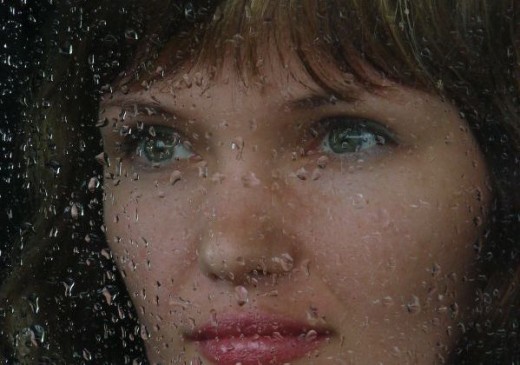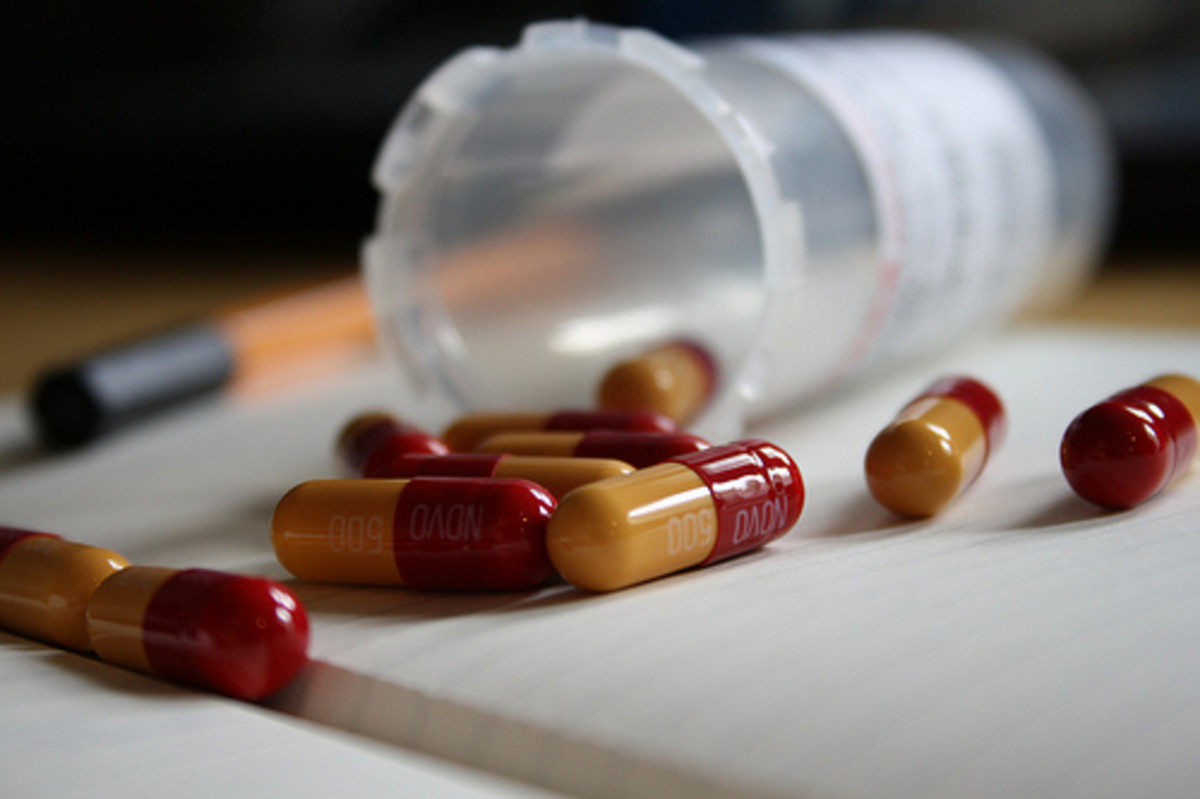Depression: Treatments Beyond Medication

Part 1: Mild to Moderate Depression
Note: Depression is a serious medical condition. This article is for entertainment purposes only and not meant to replace any advice or treatment from your health care providers.
It’s very hard to “prove” something works when you are talking about treating illness. However, all of the following treatments have been shown to improve depression in a least some of the people who tried them versus a “placebo” or no treatment, which is also the standard for assessing whether or not a drug works for depression. In fact, all of these treatments have shown results comparable to antidepressant medications in a least some studies. Here we are looking at treatments that are available with prescriptions or used by mainstream doctors and hospitals, and not examining “alternative” treatments or spiritual systems.
Bear in mind, just because a treatment does not involve medication, it does not mean it does not have side effects or dangers. In addition most non-drug treatments for depression are more time consuming than taking a pill, so they might not fit into everyone’s lifestyle. Costs for US residents are included for each treatment.
1. Exercise
Human beings tend to feel better when they are doing something. There has long been an interest in seeing whether or not being more active would help people with depression. In fact, researchers have been studying this for almost 50 years! The overall conclusion; it probably helps somewhat, especially in mild to moderate cases. If you have severe depression you’re not going to get much benefit and need medical treatment immediately if you’re not already getting it. If you’re just feeling somewhat down, starting a reasonable activity program like walking for a few minutes a day and building up to some aerobic activity as tolerated may be enough to improve your mood.
Cost: Ranges from free—such as walking around your neighborhood, to inexpensive (buying a pair of walking shoes) to spending hundreds of dollars on equipment or gym memberships. Especially if you are depressed, it’s probably best to start slow and not invest in a lot of fancy gear right out of the gate.
2. Light box therapy
Light boxes are just what they sound like—box shaped, powerful lamps. To receive treatment people must sit under them for at least 30 minutes a day.
Light therapy can be especially helpful in Season Affective Depression (SAD). People with SAD get depressed in the Fall and better in the Spring. SAD is often associated with carbohydrate cravings and sleeping too much as well. Otherwise symptoms are the same as regular depression and can be just as severe. Antidepressants do work in SAD for most people, but there are some people who respond much better, especially in winter, to light therapy.
You must obtain (usually buy) a light box of 10,000 lux or better and sit UNDER it or with the light shining DOWN on you like it’s the sun, for 30 minutes a day for three to four weeks, then 15 minutes for maintenance all winter, or for several months. The light box is therefore just like an antidepressant in treatment length and also has a very mild risk of triggering mood elevation or mood swings in people with bipolar disorder.
Usually it works best to use it in the morning. Some people do better in the afternoon however. There are all kinds of refinements and fads such as visors and blue light, but it is probably best to stick to the most studied tried and true basic light boxes.
There is no evidence that light boxes cause harm to your eyes. After all the sun is putting out 10000-20000 lux all the time, so added another half hour or so it isn’t likely to do anything special.
Cost: Remember you want 10,000 “lux” (a measurement of light strength) or better and a box that can shine down on you to mimic the sun. These boxes that actually work will cost you about 150-400 dollars and can be ordered over the internet. Some people may be able to get reimbursed if they have a prescription,depending on your insurance coverage.
3. Circadian rhythm devices
Circadian rhythm devices such as dawn stimulators work just as well as light boxes for some people. They are basically alarms that wake you up by gradually increasing the light level each morning. They may work by tricking the body into thinking the day is longer. You want a good sized one that will provide a good variety of light setting and end up with a good strong lux rating.
Cost: 70-160 dollars.
4. Cranial Electrotherapy Stimulators
These are small devices that have clips that you attach to your ears so they can send a weak current through your head to treat depression. They do not shock you and are not the same as “shock therapy”. Electrotherapy is also commonly used to treat chronic pain, in which case the clips or pads are placed around the painful area. Studies have been done showing that these devices can work as well as antidepressants. To use them you wear the device for one half to an hour every day for about 3 weeks, followed by two to three times a week maintenance sessions for as long as needed. Probably the biggest problem that people have with these devices is that the ear clips can be uncomfortable. Of course just like any depression treatment that works, it is possible to “overshoot” if you have bipolar disorder and cause an increase in mood swings.
In the US you can only get these devices with a prescription. If you go to the manufacturer’s websites or call their customer service line they can probably help you find a health care provider in your area that is familiar with the devices. Cranial electrotherapy is much more “mainstream” in other countries and can usually be bought without a prescription outside the US.
Cost: Not cheap. These devices sell for $600-1000 dollars. It is possible to rent them, and also, again depending on your insurance situation, you may be able to get reimbursed for some of the cost by your insurance company.
5. Psychotherapy
Therapy for depression comes in many flavors, ranging from freeform talking to structured assignments. Your best bet for getting results is probably to use a form designed to treat depression such as cognitive behavior therapy (CBT) or a therapy using CBT principles, administered by a doctoral-level therapist (one with a PhD or a PsyD after their name) who is experienced in treating depression. This will cost more, but you tend to get what you pay for. However, your comfort level and rapport with the therapist and their level of experience in treating depression may be more important than the letters after their name. Treating depression usually takes 12-30 sessions meeting once or twice a week.
Cost: Covered by private insurance or government programs in most cases. Your deductible and co-pay will depend on what plan you have—ranging from nothing to upwards of 1500 dollars. “Self-pay” rates for therapy run from about 80 to 150 dollars a session.
Check out Part II Treatments Besides Medication for Severe Depression
http://rocketeli.hubpages.com/hub/Depression-Treatments-Beyond-Medication-for-Severe-Depression







